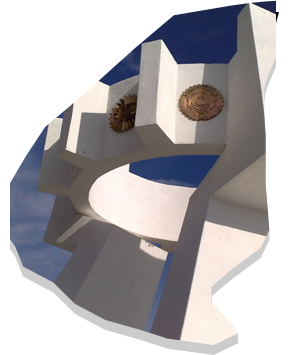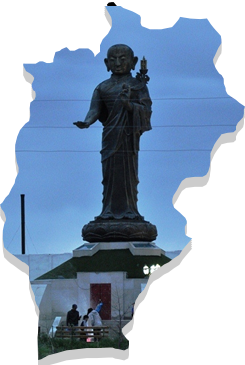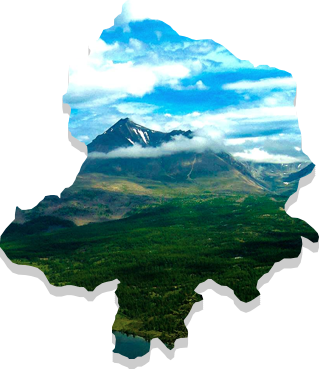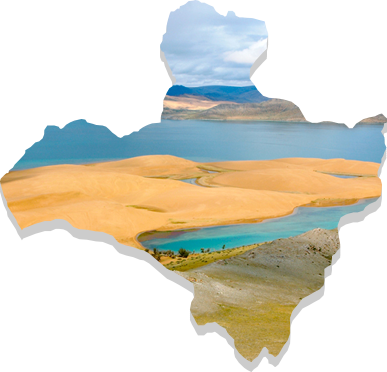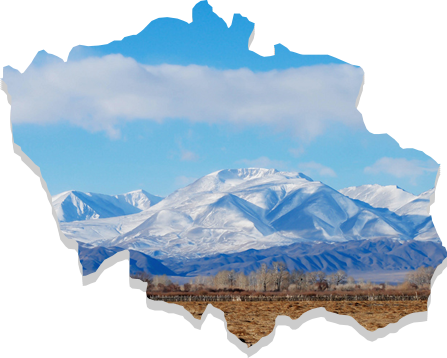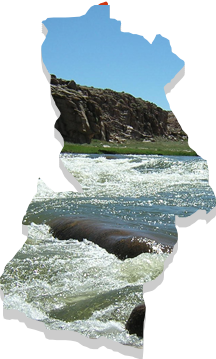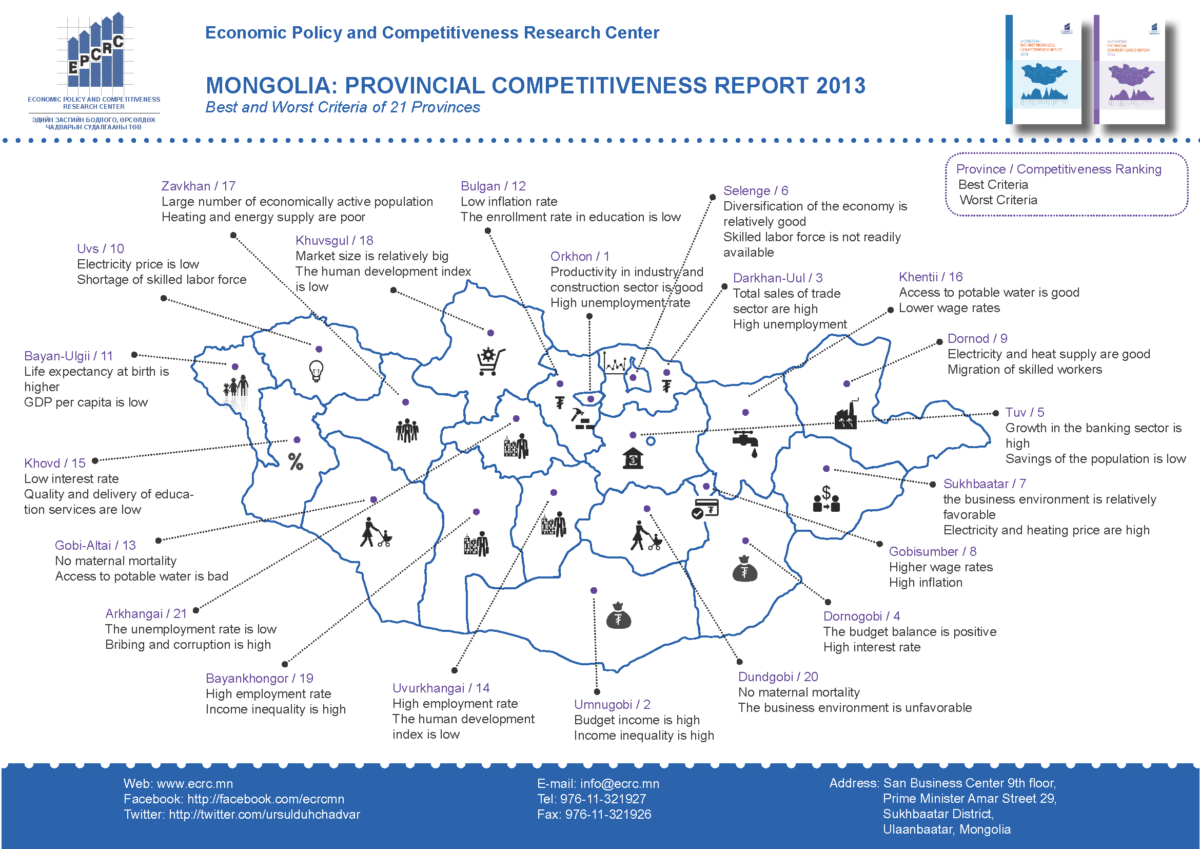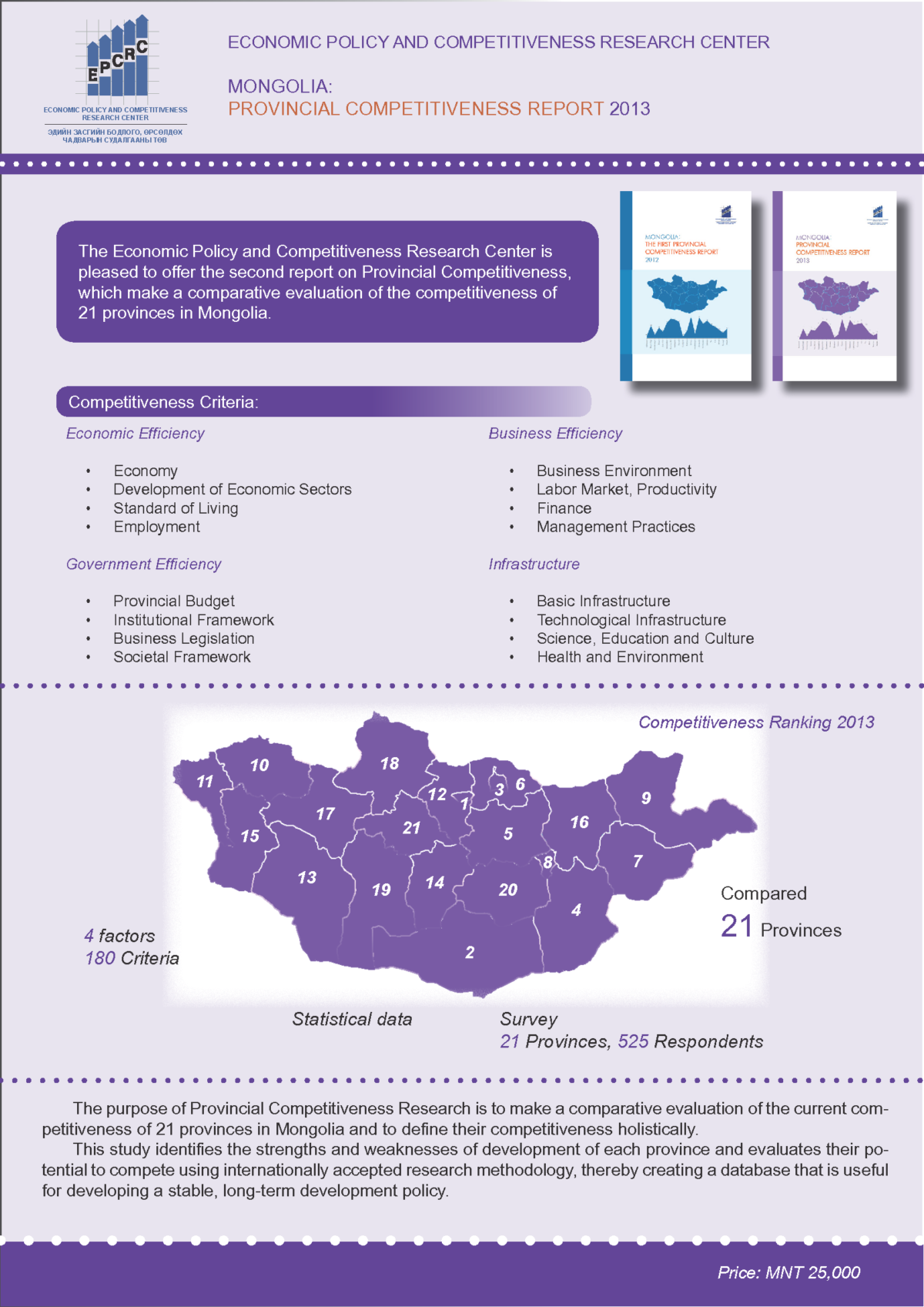This province was originally established as a federal municipality of Bulgan province in 1974 with the name of Erdenet Khoroo. This area would later be split from Bulgan Province and established as its own province in 1994 with a capital city Erdenet.
Orkhon Province is located in the central north of Mongolia and borders with Selenge and Bulgan provinces. It is has an average elevation of 1,200 meters above sea level and has an area of 844 km2.
Around 502 km2 of total territory is agricultural land, 251 km2 is city and settlement area, and the remaining area forest land. From agricultural land, around two-thirds are for crop fields and one-third is for pasture lands.
The province has harsh weather condition. Temperature can reach as low as -200C during winter and 300C during summer time. The annual average temperature is +0.80C and average precipitation is 371.8 mm in a year with high rain and snow fall. April and May are the windiest months, January is the coldest and July is the hottest month of the year.
Orkhon Province has two soums: Bayan-Undur and Jargalant, and these soums have 22 bags.
There are a total of 26 hotels with more than 300 beds and 9 recreational and tourism camps with the capacity of serving over 400 people in Erdenet city. In addition, there is “Mongol Urtuu” tourist network comprising of total 25 tourist camps and tour-operators in the Orkhon, Khuvsgul and Uvurkhangai provinces.
